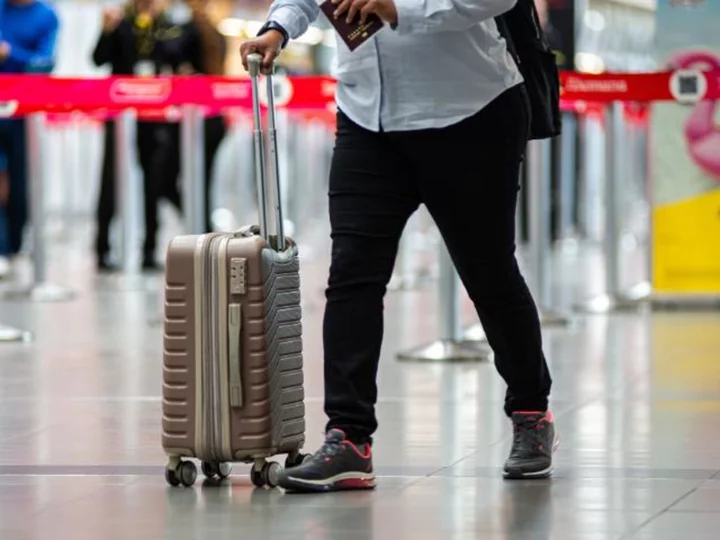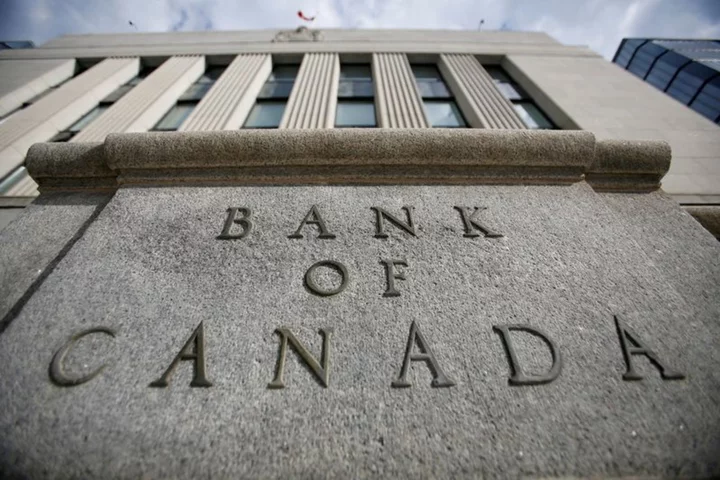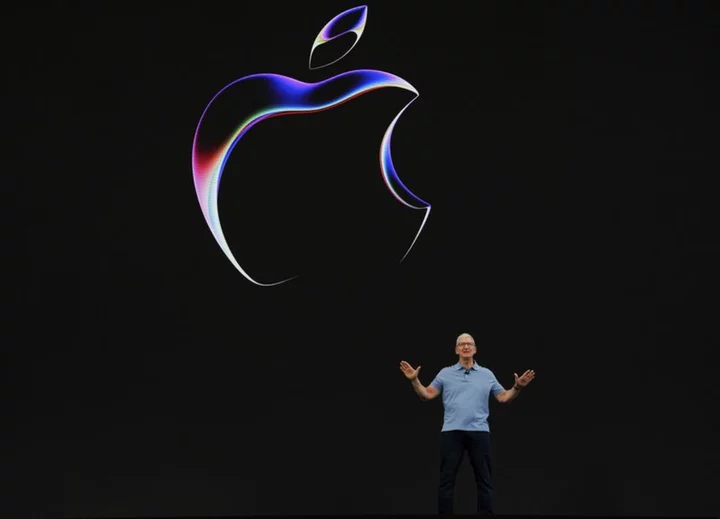"We would like to begin boarding our flight at this time."
You are familiar with that friendly boarding announcement from the gate agent. Unfortunately, it means the next 45 minutes of your life will be messy. And airlines have made it chaotic by design — so people will pay to get an easier boarding process.
First, passengers begin to crowd the gate queue, causing a bottleneck. Although you told yourself you would sit behind calmly in the waiting area at the airport until your zone was called, you can't resist. You head over to the scrum.
Next comes confusion about which zone passengers are assigned.
Zone 1 or Group A don't actually mean we get to board first. People line up out of turn, waiting for their group to be called. Some passengers cut the line to secure space for their carry-on bag in the overhead bin. Finally, your zone is called and you can scan your ticket and get on the plane.
Don't get too excited though — the line on the jet bridge is backed up. More waiting.
Once you make it through the crawl on the jet bridge and step onto the plane, it's also backed up.
Your seat is in the last section of the plane. You move in fits and starts, jostling your way through the narrow aisle until you've reached the row.
If you're lucky enough to find space for your carry-on bag in the overhead, you awkwardly toss it in, hoping not to hit another passenger in the process. It's still not over.
You go to sit down in our window seat, but someone is in the middle. They have to get out and move into the aisle, holding up the line behind you.
"Boarding a plane is the 21st century version of Lord of the Flies," said Henry Harteveldt, who covers the travel industry for Atmosphere Research Group. "The airlines created this complexity and this insanity."
Here's how it became so disorderly, and why it isn't more efficient.
Boarding as a business opportunity
That panic over faster boarding and the guarantee of an overhead compartment isn't a bug for the airlines. It's a feature.
Sure, airlines could make boarding better for everyone. But what's better for the airlines is to make boarding better only for some people. The people who want to give them even more money.
Carriers have recognized that they could make even more money to people willing to pay a fee for priority boarding.
There's internal tension between airline marketing teams that are focused on maximizing revenue from boarding and operations teams that want the process to run more efficiently, said Robert Mann, an airline consultant and former executive.
"Because there's so much money on the credit card and frequent flier side, the marketing people win and the operations people have to deal with it," he said.
Additionally, planes have gotten larger and are more frequently booked up thanks to improvements in airline analytics. And some carriers have reduced the number of agents at the gate, because more agents means more people the airlines have to pay.
Despite various boarding strategies and techniques over the years from airlines, the process is still a nightmare.
Bag fees and loyalty programs
Getting on a plane wasn't always this complicated.
Decades ago, airlines used to board first class and use an open boarding process for the main cabin. Passengers could check bags for free.
But in 2008, amid soaring fuel prices, airlines began charging passengers for checked bags.
"That's when things began to go off the rails," Harteveldt said.
Passengers started to carry on more bags to avoid paying a fee or wait to pick up bags at their arrival.
"Airlines figured out they could make money off of bags. That killed any efficiency to do faster boarding," said Massoud Bazargan, a professor at Embry-Riddle Aeronautical University in Daytona Beach, Florida, who studies airline scheduling and operations.
Last year, airlines collected nearly $7 billion on bag fees, according to the Transportation Department.
In response, airlines started selling valuable overhead bin space to travelers willing to pay for earlier boarding. Airlines also began dangling credit cards, frequent flier programs and loyalty programs they could all sell to people who wanted boarding priority — something that wasn't really necessary before with a system that mostly worked before the industry broke it.
By 2012, carriers began introducing basic economy fares and offered priority boarding for a fee.
All these newly-created segments of passengers meant airlines needed to separate them during boarding. Companies introduced a new lingo of different boarding zones and groups, slowing down the process.
"The more zones and groups of boarding, the longer it takes," Bazargan said.
Changes in the airline industry to improve airlines' profitability have also impacted boarding.
Aircrafts have gotten larger and with denser, cramped seating to accommodate more travelers. Flights are also more frequently packed, clogging up boarding.
Last April, passenger load factor — the ratio of passengers to seats available — was 84%, a jump from 74% in 2000, according to the Transportation Department.
A better boarding process
Airlines have been experimenting with different boarding schemes to try to speed up the process. But none have found an optimal boarding method.
Some airlines have tried to board passengers with window seats first, followed by middle seats and then aisles — known as Wilma. But companies abandoned this method because it split up families and was chaotic for people boarding late.
Boarding from the back to the front also hasn't gone smoothly.
This method causes congestion in the aisle as people look for their seats and store their luggage in the overhead.
Jason Steffen, a University of Nevada, Las Vegas physics professor developed a boarding method that boards passengers in rows of two.
The Steffen Method allows several rows of passengers to store their luggage simultaneously and minimizes the time it takes to load luggage. This method can cut the boarding time by nearly half.
But airlines have not implemented it. This method requires strict quality controls over where people stand in line and interferes with boarding strategies based on travelers' status.
If airlines wanted to speed up the boarding process they could make it free to check bags, reduce the number of zones, and switch to open seating.
Southwest Airlines has the fastest boarding process of any major airline by simply allowing people to claim the first available seat. It works because passengers spend less time waiting in the aisle, and have more freedom to sit where it's least crowded.
But airlines are unlikely to switch to Southwest's model.
"They don't want to do random seating," Bazargan said. "They would deprive themselves money from seat assignments."









